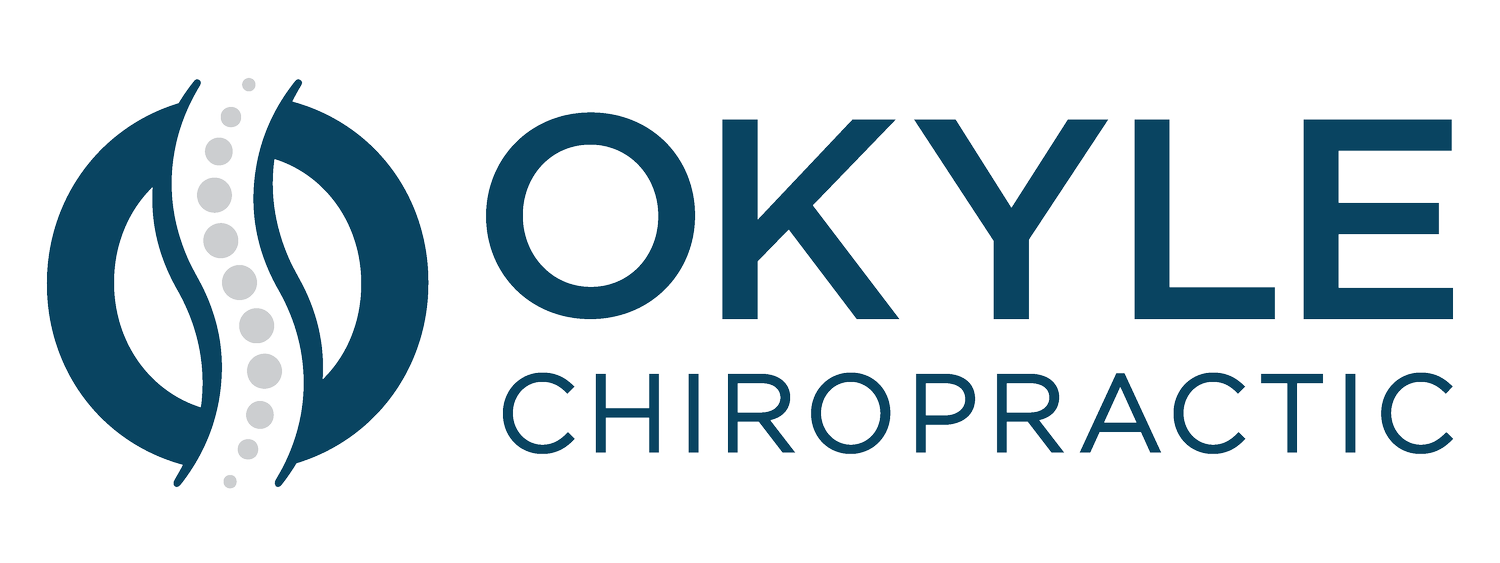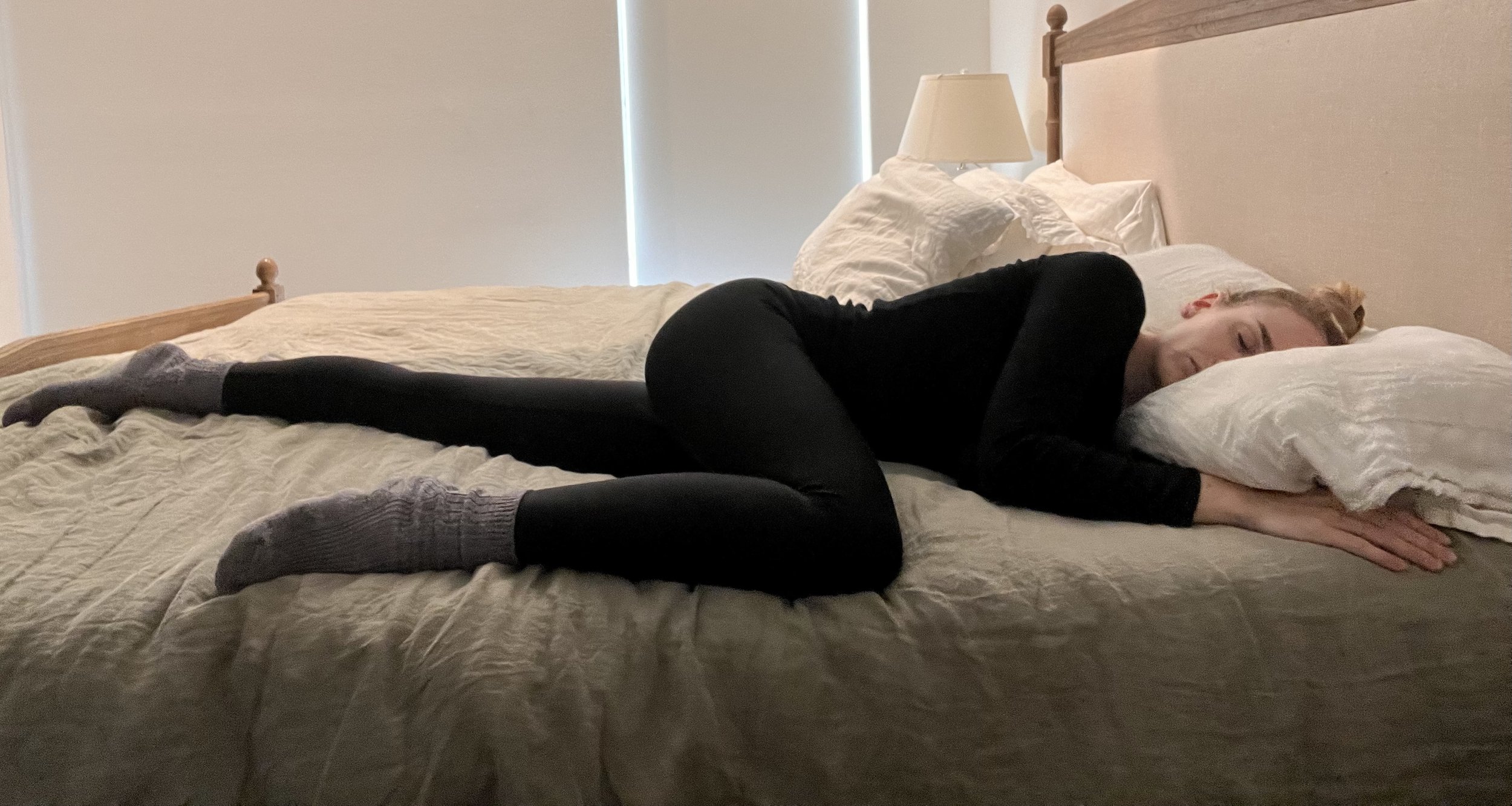SLEEPING POSITIONS - WHAT IS BEST?
We spend about one-third of our lives sleeping. It’s no wonder so many individuals suffer from aches and pains when they wake up and/or throughout the day/night. What I have realized through practice is that many don’t realize one of the major culprits for certain pains is our sleeping position. I can’t tell you how many people I see who sleep on their stomach, which is the worst position to sleep in!
As you can see in the image above, this position is not ideal for the neck or lower back. It puts extra extension (hyperextension) in our lower back, causing low back pain, general discomfort, and possible numbness/tingling/pain down the leg(s). When we are on our stomach, our neck is also turned to one side for an extended period, which shortens one side of our neck muscles, lengthens the other side, and may also compress nerves. This could cause chronic neck pain, headaches, and numbness/tingling/weakness down the arms, possibly extending into the hands.
I also see many individuals who sleep on their side with one leg thrown over their body (image below):
These individuals typically complain of low back, hip, or glute pain/discomfort. This is because the position of the top leg creates a lengthened piriformis and glutes for extended periods, which leads to chronic stiffness and tightness. This position can also cause slight rotation in the lumbar spine, leading to pain and discomfort in the low back.
So, what is the best position to sleep in? Well, the answer depends on what is most comfortable for you. There are a couple of options that limit shortened or lengthened muscles and help reduce neck/back pain and associated symptoms.
Option #1: Sleeping on our side with one pillow beneath our head and a pillow between our knees, with knees stacked on top of one another. One pillow under the head allows the neck to be in neutral, eliminating excess flexion, extension, lateral flexion, and rotation. The pillow between the knees, WITH KNEES STACKED, allows for the spine to be in neutral all the way from the neck to the sacrum/coccyx (the lowest part of the spinal column). The knees stacked also help eliminate extended periods of glute lengthening, which, in turn, reduces low back/hip/glute pain or discomfort.
Option #2: Sleeping on our back is another great option, as long as our head isn’t in too much flexion. How to avoid this? Make sure you are only using one pillow under your head! The best method for ensuring there aren’t too many pillows is to check your chin location - it should be pointed right up to the ceiling. If your head is in too much extension, try adding a thicker pillow to allow for your head and neck to be in neutral. Is your neck flexed too much? Try removing a pillow or using a thinner pillow to reach neutral.
Another helpful tip for back sleeping - try adding a pillow under your knees to allow for the spinal column to be more relaxed. A pillow under the knees helps remove pressure on our low back and allows the low back curve to be in neutral without any added flexion or extension.
Any questions? Feel free to reach out to our office via phone or text: (310) 880-9663. Happy healing!
Disclaimer: The information provided on this chiropractic blog is for general informational purposes only and is not intended as a substitute for professional medical advice, diagnosis, or treatment. Always seek the advice of your physician or another qualified health provider with any questions you may have regarding a medical condition. Never disregard professional medical advice or delay in seeking it because of something you have read on this blog. If you think you may have a medical emergency, call your doctor or 911 immediately. Reliance on any information provided by this blog is solely at your own risk.




